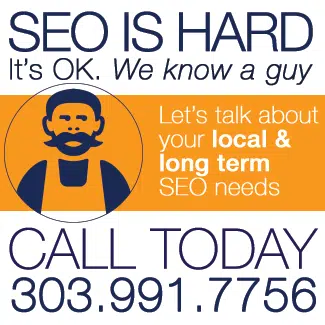Your Essential Small Business Website Maintenance Checklist
So you've got a website up and running—that's awesome! But here's the thing: building a site is just the beginning. Nearly 24% of small businesses still don't have websites (according to Digital.com), which means having one already puts you ahead of the game. But if you want your site to actually work for your business, you can't just set it and forget it. Your website needs regular care, just like your car or your storefront. Skip the maintenance, and you'll end up with a slow, outdated, or insecure site that turns people away instead of bringing them in. If handling all this technical stuff sounds like a headache, The Affordable Web Guy can take care of it for you. We specialize in keeping small business websites running smoothly so you can focus on what you do best. Why Website Maintenance Actually Matters Your website works around the clock—from Grand Junction to Greeley and everywhere in between. But without regular upkeep, problems start piling up: broken links, security holes, slow loading times, and outdated info. These issues don't just sit there quietly—they actively hurt your business by driving potential customers away. Regular maintenance prevents small problems from becoming big headaches that cost you money and customers. This checklist breaks down what you need to do and when, covering daily, weekly, monthly, quarterly, and yearly tasks. 1. Security Updates and Vulnerability Patching Your website is often someone's first impression of your business, so leaving it vulnerable is like leaving your front door unlocked. Security updates patch holes that hackers love to exploit, and for small businesses, a security breach can seriously damage your reputation and customer trust. Many business websites use plugins and add-ons for extra functionality. If one of those has a security flaw, your whole site is at risk [...]











